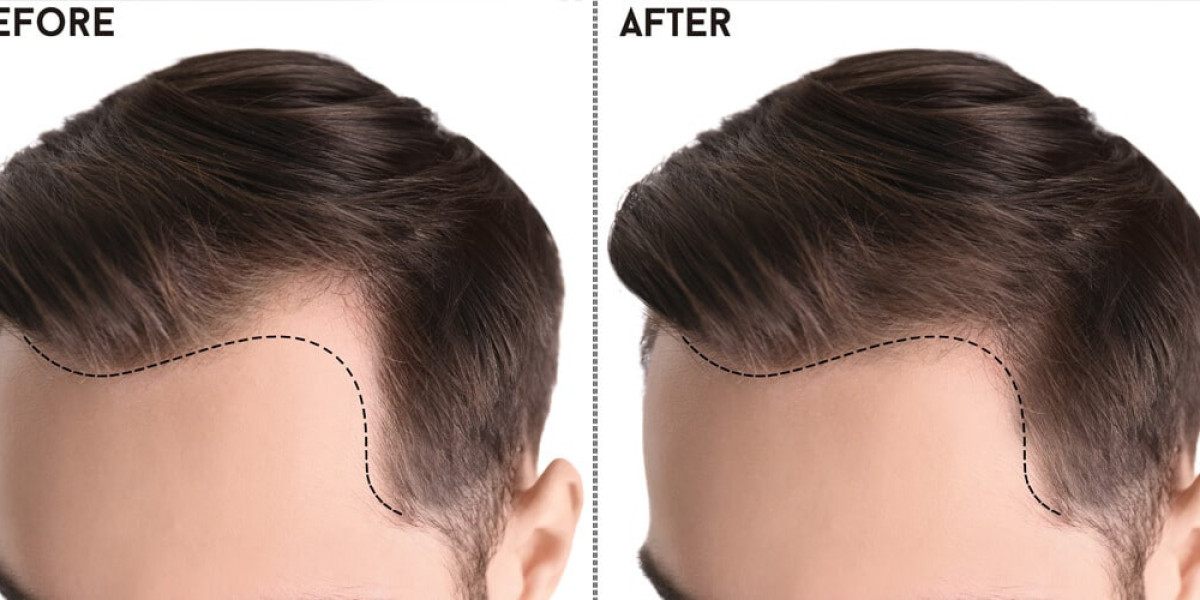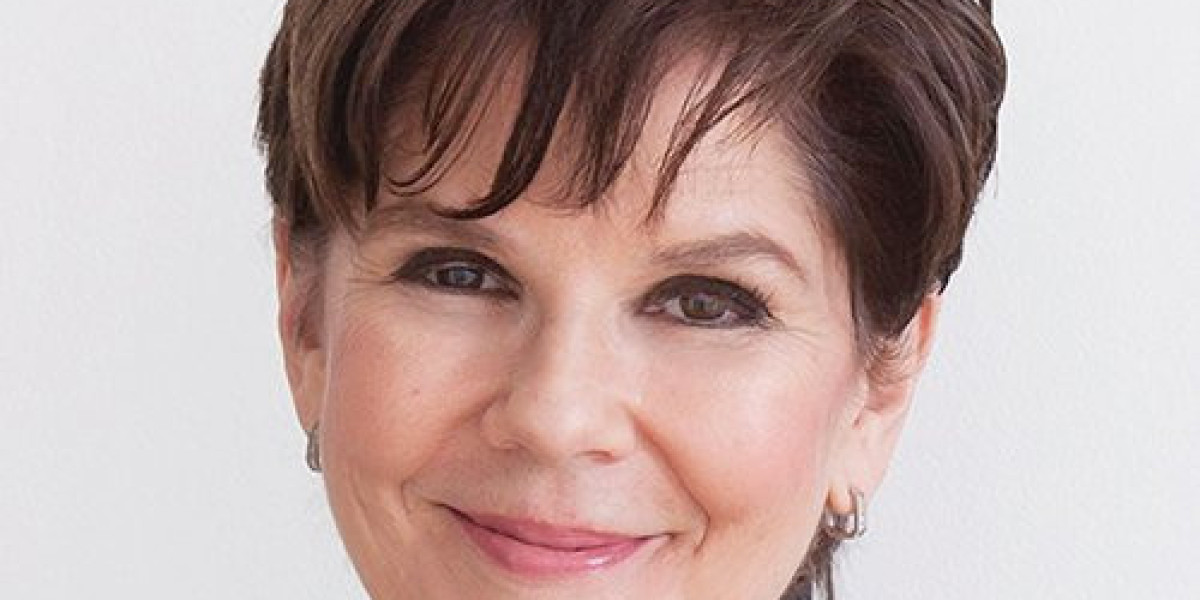Hair Transplant in Islamabad, the capital city of Pakistan, has become a notable destination for hair restoration treatments due to its blend of advanced technology, skilled surgeons, and affordable prices. This extensive guide explores everything you need to know about hair transplants in Islamabad, including techniques, top clinics, costs, patient experiences, and future trends.
Chapter 1: Understanding Hair Loss
1.1 Causes of Hair Loss
Hair loss, or alopecia, can result from a variety of factors, including:
Genetic Factors: The most common cause of hair loss is hereditary, known as androgenetic alopecia or male/female pattern baldness.
Hormonal Changes: Conditions like thyroid imbalances, pregnancy, and menopause can affect hair growth.
Medical Conditions: Diseases such as alopecia areata, lupus, and diabetes can lead to hair loss.
Medications: Certain medications, such as those used for cancer, arthritis, and depression, may cause hair thinning or loss.
Nutritional Deficiencies: Lack of essential nutrients like iron, vitamin D, and zinc can impact hair health.
Stress: Emotional or physical stress can trigger temporary hair loss, known as telogen effluvium.
1.2 Types of Hair Loss
Understanding the type of hair loss is crucial for determining the appropriate treatment:
Androgenetic Alopecia: Gradual thinning of hair on the scalp, typically starting at the temples or crown.
Alopecia Areata: Sudden loss of hair in small, round patches.
Telogen Effluvium: Temporary hair shedding due to stress or hormonal changes.
Cicatricial Alopecia: Hair loss caused by inflammation and scarring of the hair follicles.
Chapter 2: Hair Transplant Techniques
2.1 Follicular Unit Extraction (FUE)
Overview:
FUE is a minimally invasive technique where individual hair follicles are extracted from the donor area and transplanted to the recipient area.
Procedure:
Preparation: Local anesthesia is administered to numb the donor and recipient areas.
Extraction: Follicles are extracted using a micro-punch tool.
Implantation: Extracted follicles are implanted into tiny incisions made in the recipient area.
Advantages:
Minimal scarring.
Faster recovery time.
Natural-looking results.
Disadvantages:
Higher cost compared to FUT.
More time-consuming.
2.2 Follicular Unit Transplantation (FUT)
Overview:
FUT involves removing a strip of scalp from the donor area, dissecting it into follicular units, and transplanting these units to the recipient area.
Procedure:
Preparation: Local anesthesia is applied.
Strip Removal: A strip of scalp is surgically removed.
Dissection: The strip is divided into individual follicular units.
Implantation: Follicular units are implanted into the recipient area.
Advantages:
Effective for larger areas of hair loss.
Higher yield of grafts in a single session.
Disadvantages:
Linear scar at the donor site.
Longer recovery period.
2.3 Direct Hair Implantation (DHI)
Overview:
DHI uses a specialized tool called the Choi pen to extract and implant hair follicles simultaneously.
Procedure:
Preparation: Local anesthesia is administered.
Extraction and Implantation: Follicles are extracted and implanted in one step using the Choi pen.
Advantages:
Reduced handling of grafts.
Minimal scarring.
No need for recipient site incisions.
Disadvantages:
Higher cost.
Requires specialized equipment.
2.4 Robotic Hair Transplantation
Overview:
Robotic hair transplantation utilizes advanced robotic systems to assist in the extraction and implantation of hair follicles.
Procedure:
Mapping: The robotic system maps the donor area.
Extraction: The robot extracts follicles with high precision.
Implantation: Follicles are implanted using the robotic system.
Advantages:
High precision and accuracy.
Reduced human error.
Disadvantages:
Expensive.
Limited availability.
Chapter 3: Top Hair Transplant Clinics in Islamabad
3.1 Hair Restoration Clinic Islamabad
Overview:
Hair Restoration Clinic is renowned for its advanced techniques and high patient satisfaction.
Specializations:
Follicular Unit Extraction (FUE)
Follicular Unit Transplantation (FUT)
Platelet-Rich Plasma (PRP) Therapy
Key Features:
Experienced team of surgeons.
Modern facilities and equipment.
Comprehensive post-operative care.
Contact Information:
Hair Restoration Clinic Contact Information
3.2 The Hair Institute Islamabad
Overview:
The Hair Institute offers a range of hair restoration options with a focus on innovative techniques.
Specializations:
Direct Hair Implantation (DHI)
Robotic Hair Transplantation
Non-Surgical Treatments
Key Features:
Cutting-edge technology.
Personalized treatment plans.
Excellent patient testimonials.
Contact Information:
The Hair Institute Contact Information
3.3 ReHair Clinic Islamabad
Overview:
ReHair Clinic is known for its dedicated approach and high-quality hair transplant services.
Specializations:
Follicular Unit Extraction (FUE)
Direct Hair Implantation (DHI)
Hair Restoration Solutions
Key Features:
State-of-the-art facilities.
Skilled and experienced surgeons.
High patient satisfaction rates.
Contact Information:
ReHair Clinic Contact Information
Chapter 4: Cost of Hair Transplants in Islamabad
4.1 Factors Influencing Cost
Number of Grafts:
The cost is largely determined by the number of grafts required. Larger areas of hair loss will increase the cost.
Procedure Type:
Different techniques have varying costs. FUE and DHI tend to be more expensive compared to FUT.
Surgeon Experience:
Highly experienced surgeons may charge higher fees due to their expertise.
Clinic Facilities:
Clinics with advanced technology and modern facilities may have higher costs.
4.2 Average Costs
Follicular Unit Extraction (FUE): PKR 100,000 to PKR 200,000
Follicular Unit Transplantation (FUT): PKR 80,000 to PKR 150,000
Direct Hair Implantation (DHI): PKR 150,000 to PKR 250,000
Robotic Hair Transplantation: PKR 200,000 to PKR 400,000
4.3 Comparative Analysis
Compared to Western countries, hair transplants in Islamabad are significantly more affordable. This cost-effectiveness, combined with high-quality care, makes Islamabad a popular choice for those seeking hair restoration.
Chapter 5: Patient Journey
5.1 Pre-Procedure Consultation
Assessment:
During the consultation, the surgeon assesses the patient’s hair loss pattern and discusses potential treatments.
Treatment Plan:
A detailed treatment plan is provided, including the chosen technique, number of grafts, and cost estimate.
Expectations:
The surgeon sets realistic expectations regarding the results and recovery process.
5.2 The Procedure Day
Preparation:
On the day of the procedure, local anesthesia is administered to numb the areas involved.
Extraction and Implantation:
Depending on the technique, hair follicles are extracted and implanted. The procedure may take several hours.
5.3 Post-Operative Care
Immediate Care:
Patients receive instructions for managing swelling and discomfort, as well as how to care for the donor and recipient areas.
Long-Term Care:
Avoiding direct sunlight, strenuous activities, and following post-operative care instructions are crucial for optimal results.
5.4 Recovery and Results
Recovery Time:
Recovery time varies depending on the technique used. FUE typically has a shorter recovery period compared to FUT.
Results:
New hair growth begins within a few months, with full results often visible after 12-18 months.
5.5 Patient Testimonials
Success Stories:
Many patients report significant improvements in appearance and confidence after hair transplants in Islamabad.
Challenges:
While complications are rare, patients may experience issues such as infection or graft rejection. Adhering to post-operative care instructions is essential for addressing any problems.
Chapter 6: Technological Innovations and Future Trends
6.1 Advances in Hair Transplant Technology
AI and Machine Learning:
Artificial intelligence and machine learning are enhancing precision in hair transplantation. These technologies help analyze hair growth patterns and optimize graft placement.
Stem Cell Therapy:
Stem cell therapy is an emerging technique that uses stem cells to stimulate the growth of new hair follicles. It holds promise for future hair restoration treatments.
6.2 Emerging Trends in Hair Restoration
Genetic Research:
Ongoing research in genetics may lead to new treatments targeting the underlying causes of hair loss. Advances in gene therapy could provide more effective solutions for various types of alopecia.
Non-Surgical Alternatives:
Innovative non-surgical treatments, such as platelet-rich plasma (PRP) therapy and laser therapy, are gaining popularity as complementary or alternative options to traditional hair transplants.
6.3 Future Prospects in Islamabad
Islamabad is poised to remain a leading destination for hair restoration due to its combination of advanced technology, skilled professionals, and competitive pricing. As new techniques and technologies emerge, the city’s clinics are likely to offer even more effective and personalized hair restoration solutions.
Conclusion
Hair transplants in Islamabad offer an effective and affordable solution for those experiencing hair loss. With advanced techniques, skilled surgeons, and competitive pricing, the city has established itself as a top destination for hair restoration. By understanding the available techniques, top clinics, costs, and patient experiences, individuals can make informed decisions about their hair restoration journey.
Whether you are considering a hair transplant in Islamabad or simply seeking more information, this guide provides a comprehensive overview of what to expect and how to choose the best option for your needs. With the right knowledge and preparation, you can achieve successful hair restoration and regain your confidence.






